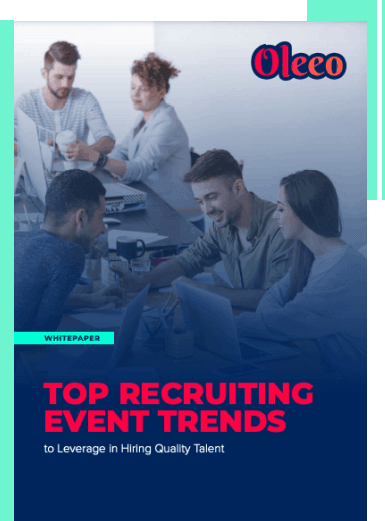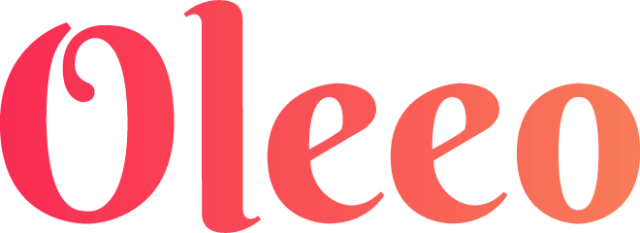Top Recruiting Events Trends to Leverage in Hiring Quality Talent.
Recruiting the right talent for your business has always had its share of struggles, but in today’s job market, with fierce competition and wage stagnation, it can feel downright impossible. According to Glassdoor, it takes 23.8 days to go through the interview process with your candidate and SHRM has found that it costs roughly $4,129 per hire. On top of these statistics, the biggest challenge for hiring managers is finding quality talent. In fact, 76% of hiring personnel expressed this as their largest issue!
Because of this, talent acquisition leaders are always looking for the next best source of quality talent. One of the most underused sources of finding quality talent are Recruiting Events. These are the only channel that allow recruiters to meet talent face-to-face, making the initial screening process even easier if done right! In fact, Bizzabo found that 80% of companies believe live events are crucial for their success.

Using Oleeo Technology.
NACE researchers found in 2016, the overall average annual recruiting budget equalled $480,181. But what part of that budget is really bringing in new hires and what part is serving a different purpose? It’s time to make recruiting strategies more effective and that starts with evaluating the different types of Recruiting Events available to your company and the specific key benefit each provides.
Each type of event allows your company to do two crucial things: bring in candidates who are interested in your industry and develop your reputation and employer branding to nurture promising talent. You have a chance to showcase your brand, meet potential applicants, brush up on your networking skills and get the word out about open positions and programs you’re working so hard to fill.
Networking events are great for boosting your employer brand, but that only comes with making the experience unique and enjoyable for your guests. Candidates love the opportunity to speak with real hiring managers and employees and it can serve as a slightly informal first interview when done properly. Consider that an event where the focus is not just on one person may be a better option for introverts or those who suffer “test anxiety” when they head to one-on-one interviews. Webinars can also be powerful event opportunities, in some cases, Oleeo data shows these actually helped to produce more hires per event than regular presentations.
